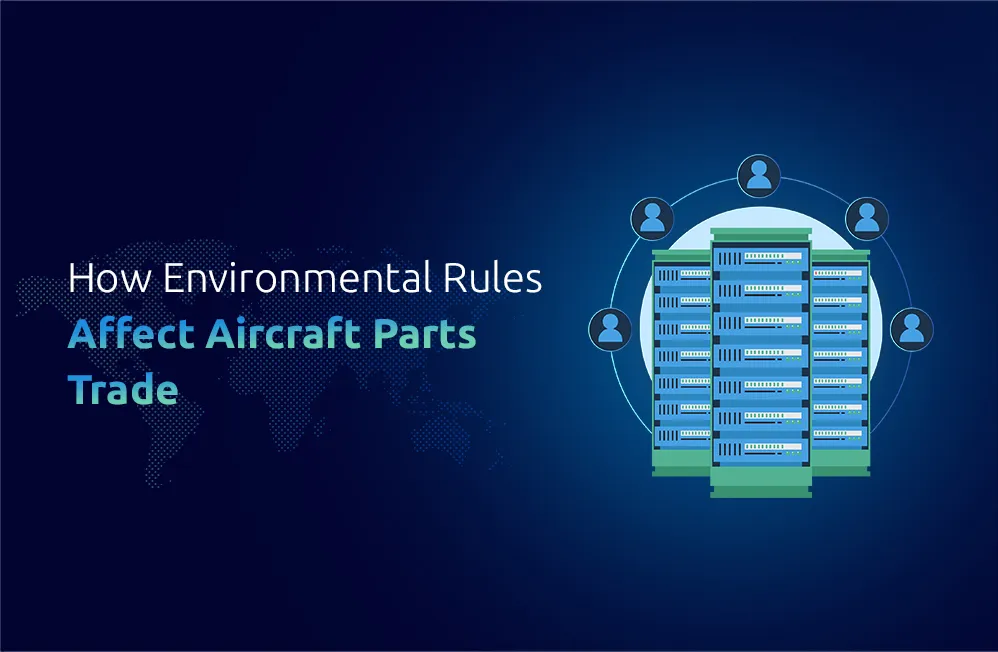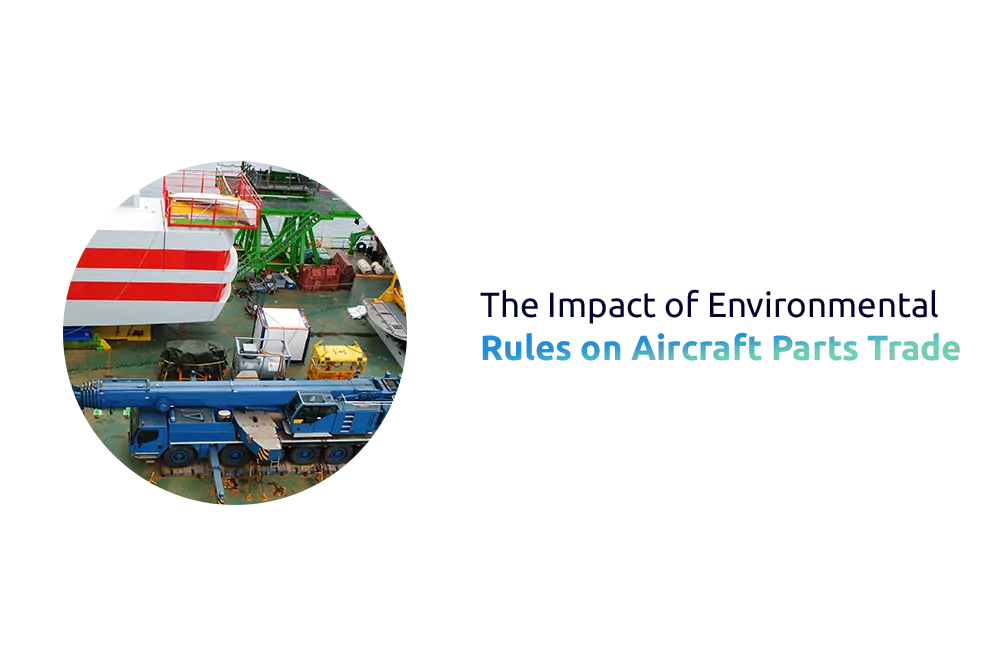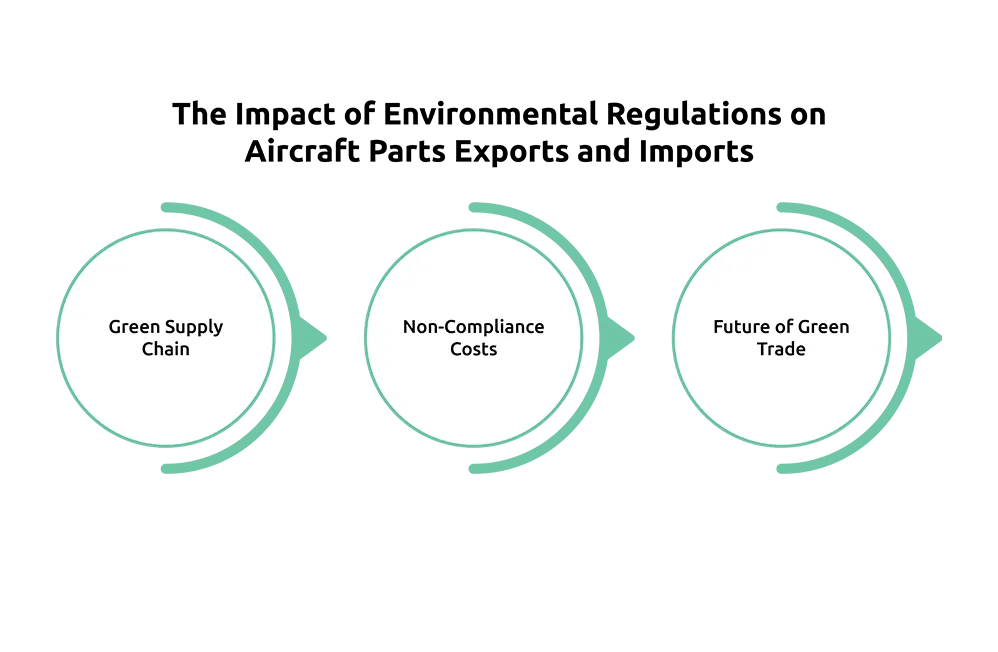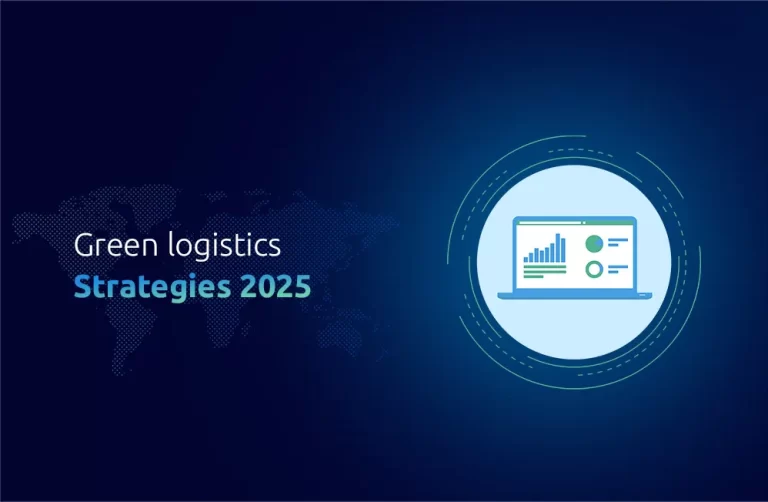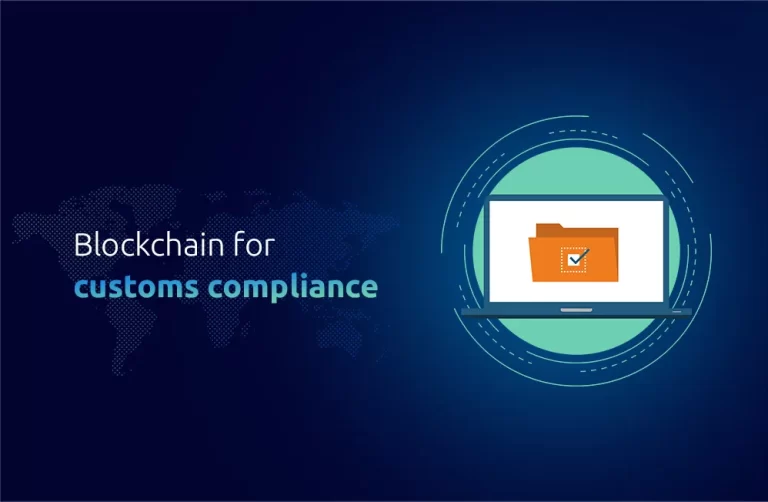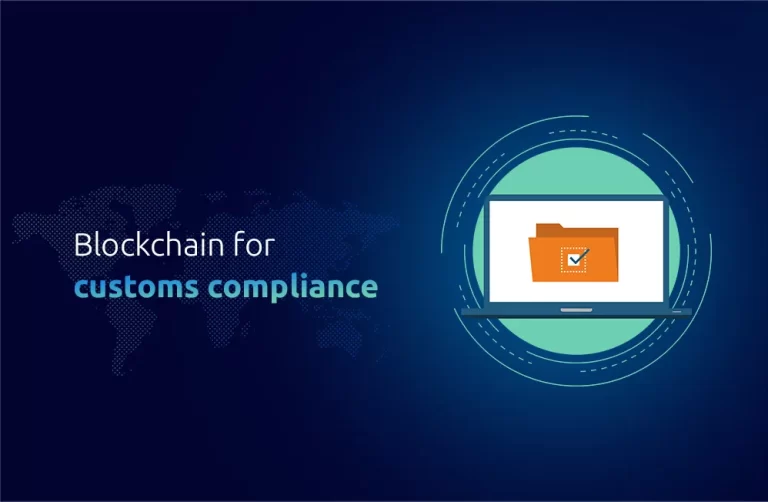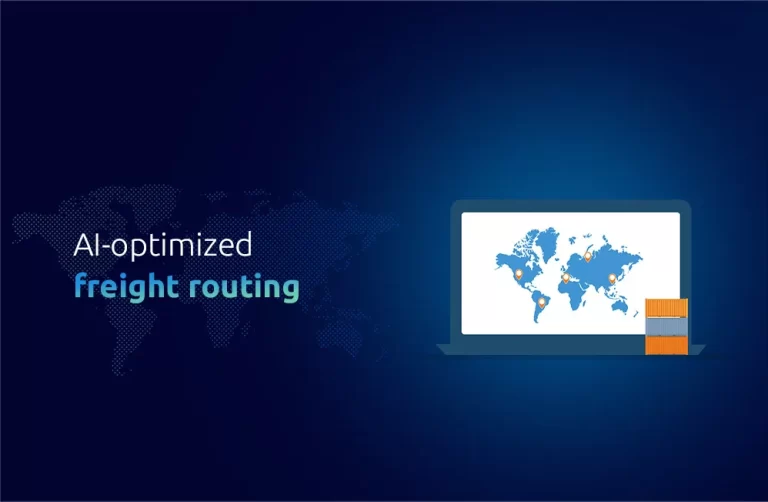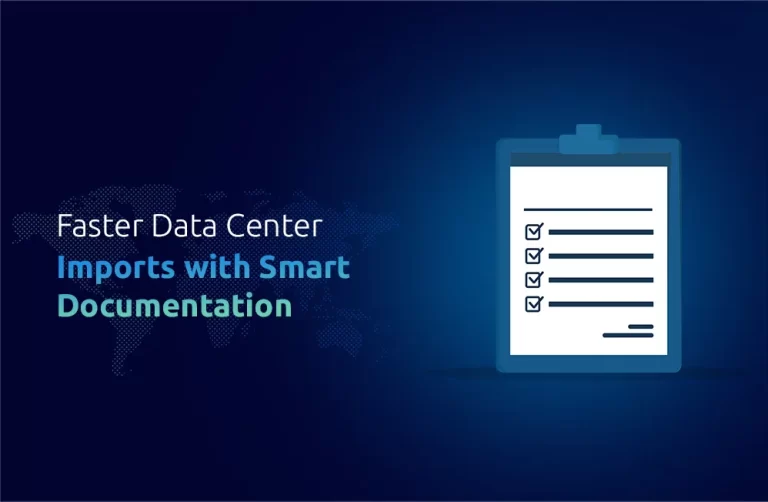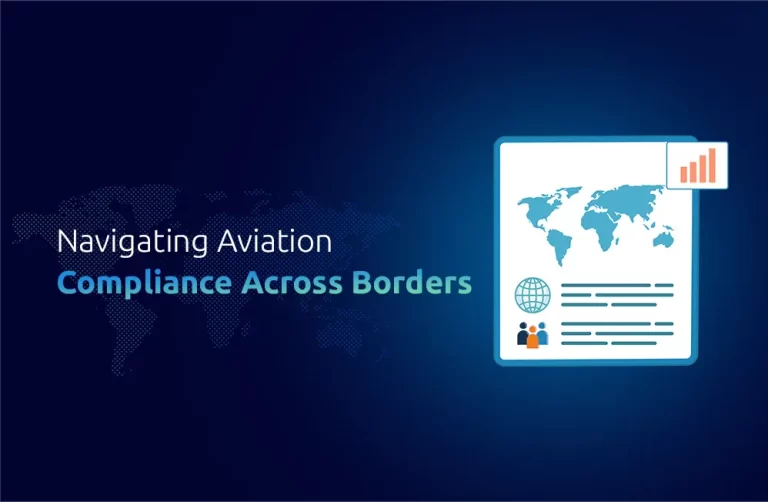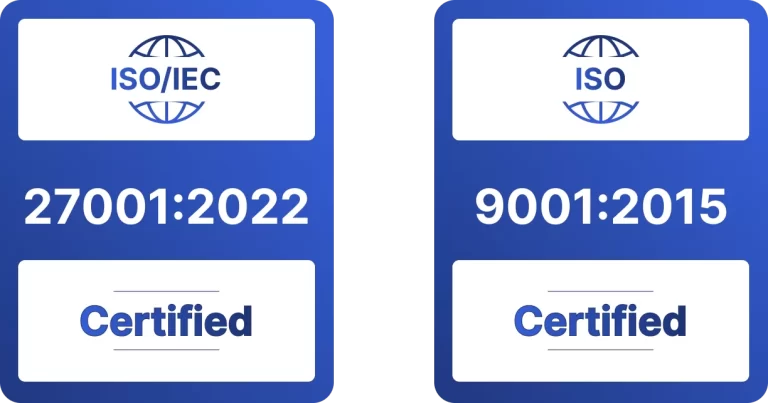Introduction
The aviation industry receives strict governance through the export and import operations of aircraft parts to guarantee safety efficiency alongside environmental responsibility. The flow of parts between international borders is defined by environmental rules which stand as one of the numerous regulations that direct aviation operations. These rules direct aviation businesses toward environmental sustainability by decreasing operational manufacturing and transportation effects on the environment to support global trade demands.
This blog explores the effects of environmental standards on aircraft component export-import activities while analyzing how supply chain management operates and what consequences arise from environmental rule compliance regarding cost operational duration and efficiency. We will also analyze the trade agreement integration of environmental regulations and their importance as a fundamental aspect of aviation industry operations.
Exporting aircraft parts today demands strong adherence to environmental guidelines that organizations must follow, specifically in the aerospace sector, where sustainability and approval are important. As environmental aerospace parts become the term, businesses must adjust manufacturing and logistics practices to align with global environmental guidelines, such as those set by the EPA, ICAO, and the EU’s ETS. These rules influence not only the design and material composition of parts but also how they are transported across borders. To remain competitive and avoid costly delays or penalties, organizations involved in exporting aircraft parts must combine sustainable supply chain strategies and confirm that every part meets developing environmental benchmarks.
Key Environmental Regulations Affecting Aircraft Parts
Multiple environmental regulations function to decrease aviation activities’ impact on the environment. Due to these regulations, the entire life cycle beginning from production up until transportation and elimination touches aircraft component operations.
Environmental Protection Agency/EPA Regulations
The United States operates with strict EPA guidelines to regulate the manufacturing together with the export of aircraft components. The environmental standards and emission reductions along with waste minimization form the basis of existing aircraft part regulations. Export restrictions apply to aircraft parts that fail to pass EPA standards since this suspends their availability for export operations resulting in market supply and demand fluctuations.
International Civil Aviation Organization
The International Civil Aviation Organization, a specialized arm of the UN, sets global aviation industry standards. The Environmental Protection Program of this organization works to minimize greenhouse gas releases & enhance the combustion efficiency of aircraft. Non-ICAO-compliant aircraft parts experience delayed export and import operations & require both the cost of re-certification and retrofitting to meet specifications.
European Union (EU) Regulations
The aviation industry within the European Union stands under the strongest collection of environmental regulatory systems. Airlines under EU jurisdiction must comply with the EU Emissions Trading System (ETS) by reducing their carbon emissions which leads to requirements on the airline parts they utilize. The implementing regulations specifically impact the import and export of aircraft parts particularly those concerning engines landing gears and auxiliary power units (APUs) because these components directly affect fuel consumption and emission levels.
The Future of Environmental Regulations in Aircraft Parts Trade
Stricter environmental requirements in our modern world will increase the effect on aircraft parts’ export and import regulations. The future success of environmental regulations depends on sustainable manufacturing system improvements along with new logistics technologies that companies must implement. The aviation industry will start utilizing the advancements in lighter alloys together with carbon composites to minimize aircraft part environmental impacts. The harmonization of environmental regulations will occur between countries to establish standardized approaches for international trade practices. The creation of standardized rules will minimize the headaches exporters experience when they need to follow various inconsistent trade regulations. The global market requires companies to maintain the best supply chain practices and advanced regulatory understanding to remain competitive.
Conclusion
Environmental regulations play a fundamental role in aircraft part international trade operations because they establish sustainable standards for the aviation industry. The rules and regulations shape every phase of construction activities including industrial production steps along with transportation procedures which affect expense levels and both process schedules and inspection requirements. Businesses can successfully handle these challenges by using two tools along with robust supply chain management strategies: air freight cost calculators and exporter of record services. One Union Solutions provides organizations with complete aircraft part exporting and importing solutions that maintain absolute regulatory compliance to keep businesses competitive within the current environmentally focused marketplace.
Did You Know?
ICAO set the objective to decrease international aviation CO2 emissions by 50% by 2050. The effort to develop sustainable aviation fuel SAF directly shapes which exported and imported parts are possible.
FAQs
Q. How do environmental regulations affect the cost of aircraft parts?
Ans: The implementation of environmental regulations triggers expenses including testing procedures certification processes and modification work. Product manufacturing expenses rise because manufacturing parts need modifications to meet emissions requirements which consequently increases export/import total costs.
Q. What is the role of the Exporter of Record (EOR) in compliance with environmental regulations?
Ans: All shipping precedes aircraft parts based on regulatory requirements and environmental compliance with help from the EOR. Export requires specific documents with certifications that the EOR manages to protect against legal complications.
Q. How do environmental regulations impact air freight costs?
Ans: Environmental regulations enforce new emissions control measures that result in increased air freight costs. The analysis and control of these costs become possible through exporter adoption of air freight calculators.
Q. What is the EU’s role in regulating aircraft parts?
Ans: The European Union controls border aircraft parts imports with its EU Emissions Trading System (ETS) regulations. The mandatory standards must be followed by all aviation businesses.
Q. Can environmental certifications delay the export process for aircraft parts?
Ans: The process of granting environmental certifications to aircraft parts results in export delays because modifications or re-certifications might become necessary for particular standards.

